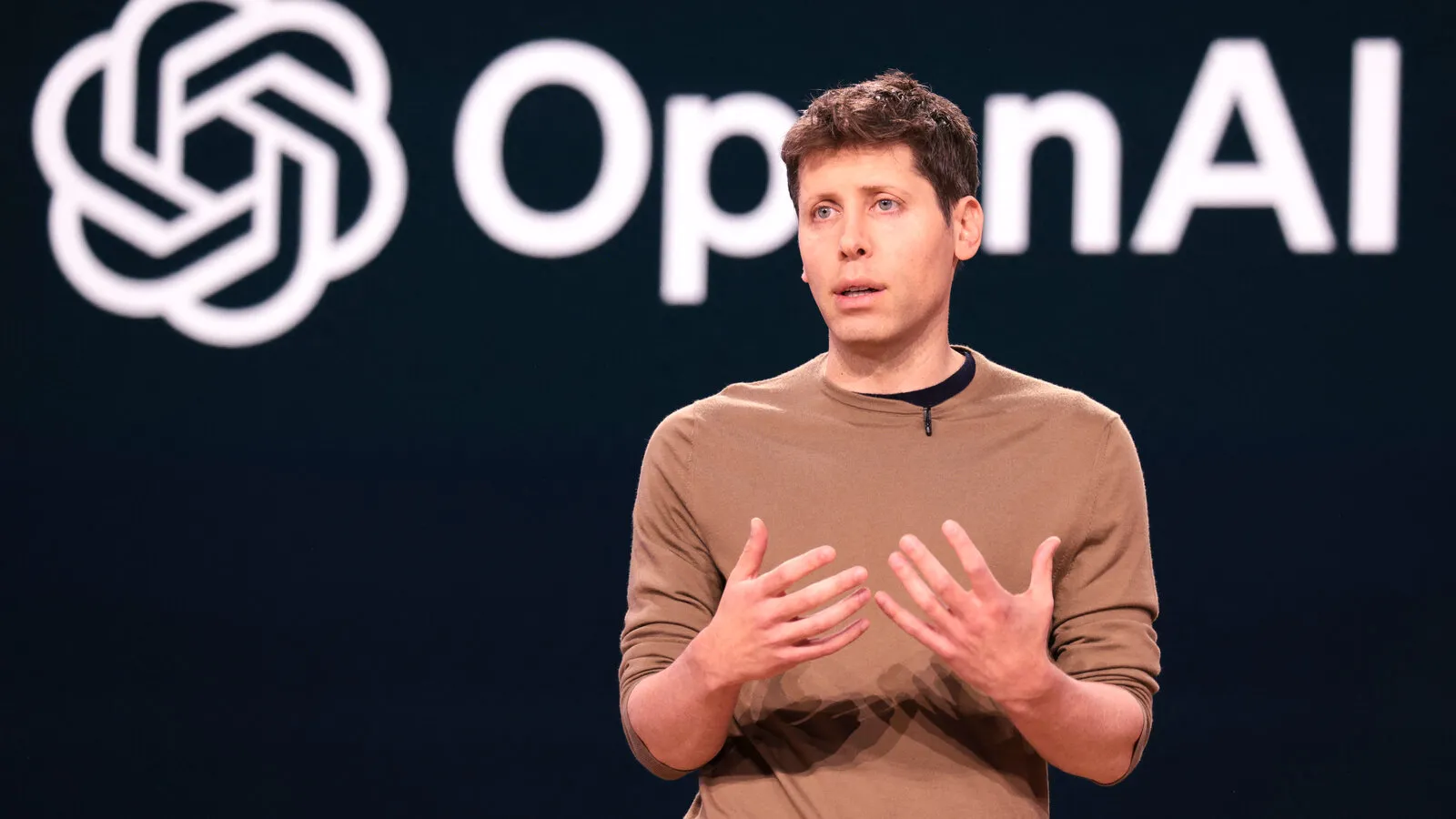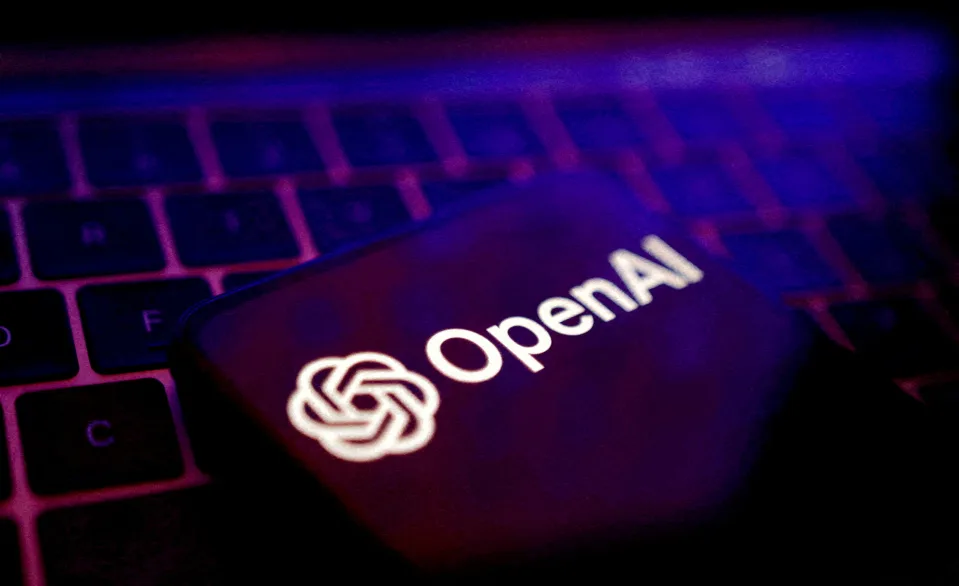OpenAI has introduced its latest AI model, called o1, designed to handle complex reasoning tasks more effectively than its predecessors. Unlike earlier models, which primarily generate responses using statistical predictions, the o1 model is designed to “think” more like a human by taking additional time to process problems. This development marks a shift toward AI that can perform deeper logical reasoning, as OpenAI aims to differentiate itself in the increasingly competitive AI space.

According to OpenAI, o1 was trained to spend more time thinking through problems, refining its process, and testing different strategies. It’s envisioned to be particularly useful for industries such as healthcare, where it can assist in annotating cell sequencing data, and for researchers in physics and software development.

What sets o1 apart from current AI systems is its ability to engage in problem-solving tasks at a higher level. OpenAI claims that it performs similarly to PhD students in benchmark tasks across disciplines like physics, chemistry, biology, and excels in math and coding. For instance, o1 solved 83% of problems in a qualifying exam for the International Mathematics Olympiad, compared to the GPT-4o model, which managed only 13%.

However, o1 does come with limitations. It lacks features like web browsing and file uploads, and it processes prompts more slowly than its predecessor. Additionally, it has not fully resolved the issue of “hallucinations,” where AI models generate false information. Despite these challenges, o1 is now available to paying ChatGPT customers as part of a preview, with restricted access to how many questions can be asked per week. OpenAI has also launched o1-mini, a version tailored for coding tasks.
This new model reflects OpenAI’s commitment to advancing AI’s problem-solving capabilities, though it is still in its early stages.





